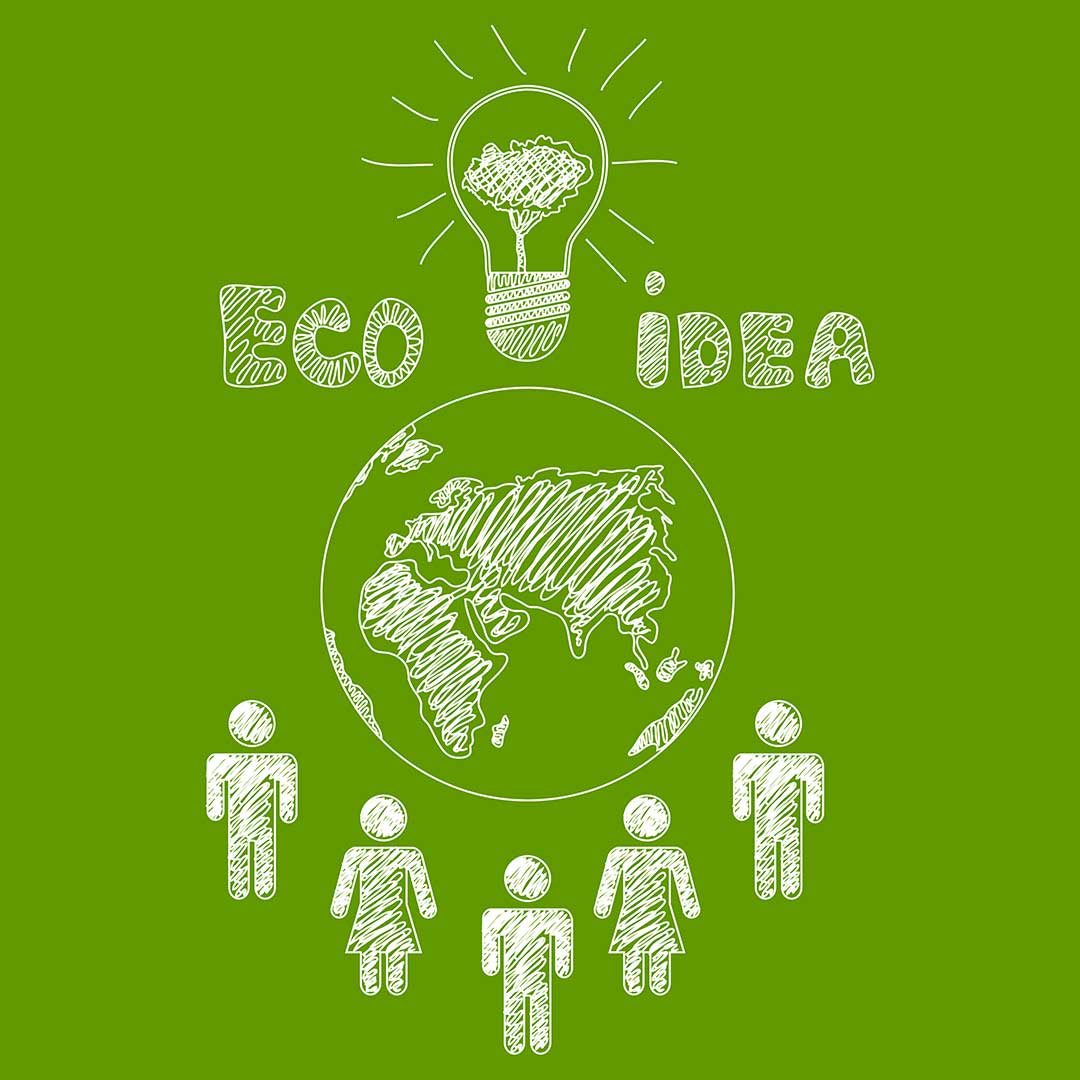Plastic is very easy and convenient to use, but in today’s day and age more people are becoming concerned about how much plastic we use as a society and what it does to the environment around us. A report by UN Environment assessed that plastic packaging and other single-use items form a large proportion of the plastic that are leaking out into our oceans. Plastic is not only harmful for the environment but also for our health. The chemicals in the plastic packaging leeches in to your food and when you absorb the product you absorb the chemicals as well. Today more ecofriendly and biodegradable alternatives to plastic products are used.

Recycled cardboard and paper
Paper and cardboard are easy replacements for plastic in packaging. When in the grocery store, think about reducing plastic use and pick the cardboard box over the plastic bag. It is easier to recycle paper and cardboard and there is a big chance they are already made out of recycled paper. If the paper or cardboard has to be thrown out instead of being recycled, it still breaks down a lot faster and with a lot less chemical residue than plastic packaging every could.
Bio-plastic
Bio-plastic is plastic made from plants. It is made from waste products from the production of corn (or other vegetable). The corn is broken down into polyactic acid and can be made to use drinking bottles and food grade containers.
Stone paper and plastic
Paper can be made, not only from trees, but from stones as well. The paper is made out of calcium carbonate and is printable, recyclable and water-proof. It can be used to make FDA certified food cartons and can replace plastic in supermarket bags, takeout food cartons and zip lock bags.
Mushroom based material
Plastic packaging can be replaced with packaging made from mycelium, a mushroom root. The fibers in the mushroom bind agricultural waste into an alternative kind of foam. Agricultural waste products such as rice hulls, cotton hulls or wheat chaff are placed in a mold and then injected with mushroom spawn. About a week later the mushroom root has completed its growth using the agricultural waste as an energy source. The final product looks like foam and acts like foam without being as harmful for the environment as foam. It is organic, bio-degradable and can be used as compost or mulch. Some companies are starting to use this product instead of Styrofoam, which makes for a much healthier and sustainable package.
Milk plastic
Milk plastic is plastic made out of milk. Or rather casein, the protein found in milk. It actually has been used to make plastic for over a century, but newer technology made more sturdy long-lasting petrochemical plastic. Now milk plastic is making a comeback. Companies have developed technology that combine the casein with clay and a reactive molecule, which makes the plastic much sturdier. The packaging is also easy to break down, isn’t harmful toward the environment and, if you wanted to, you could even eat it!